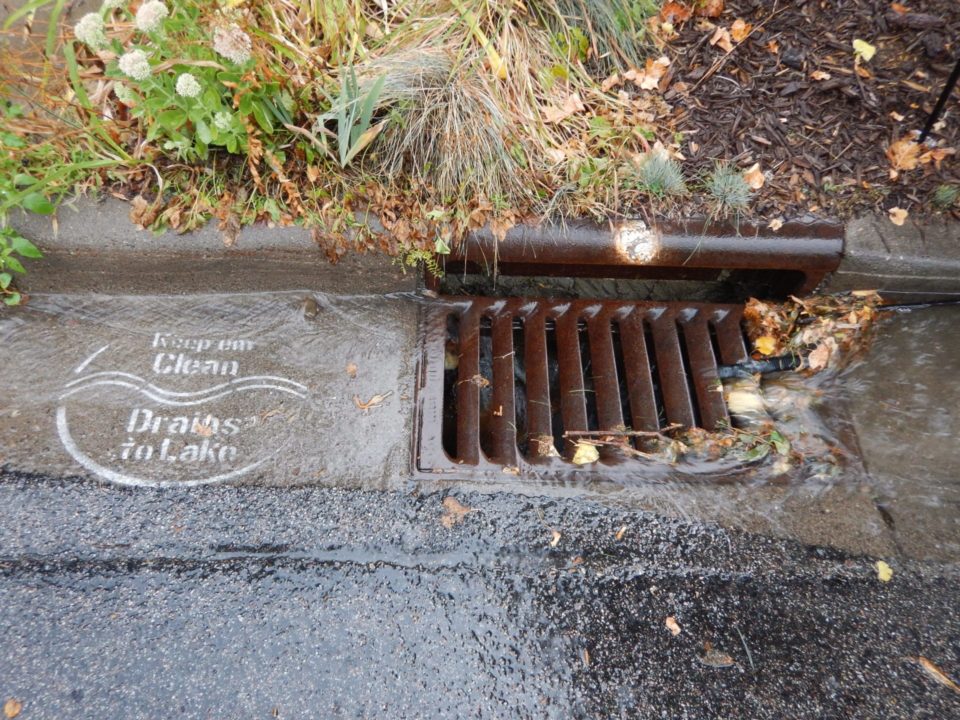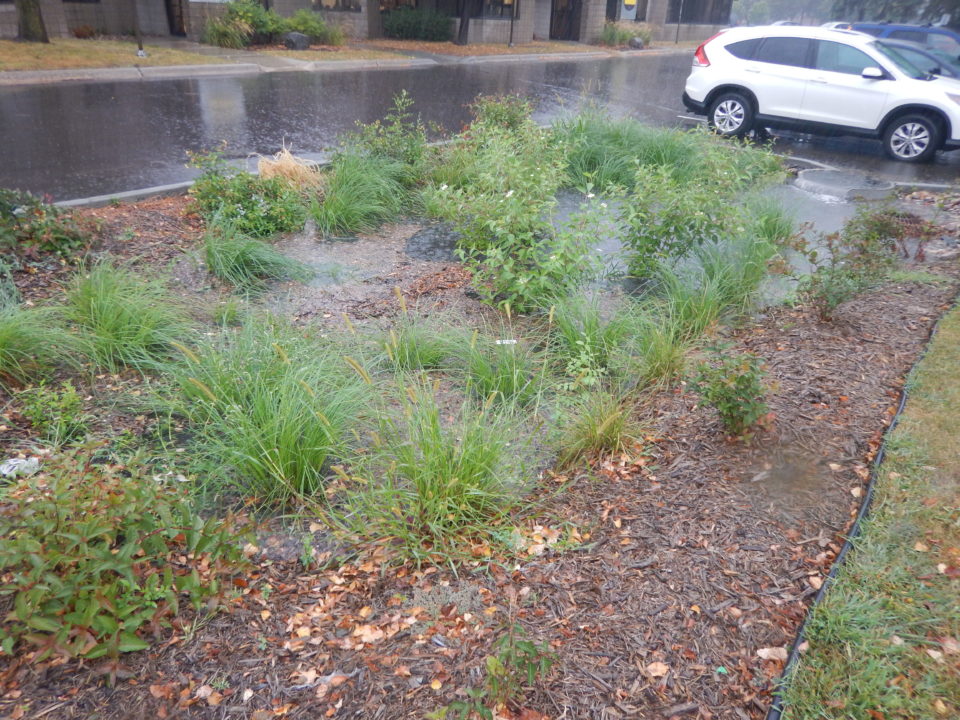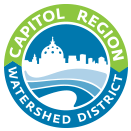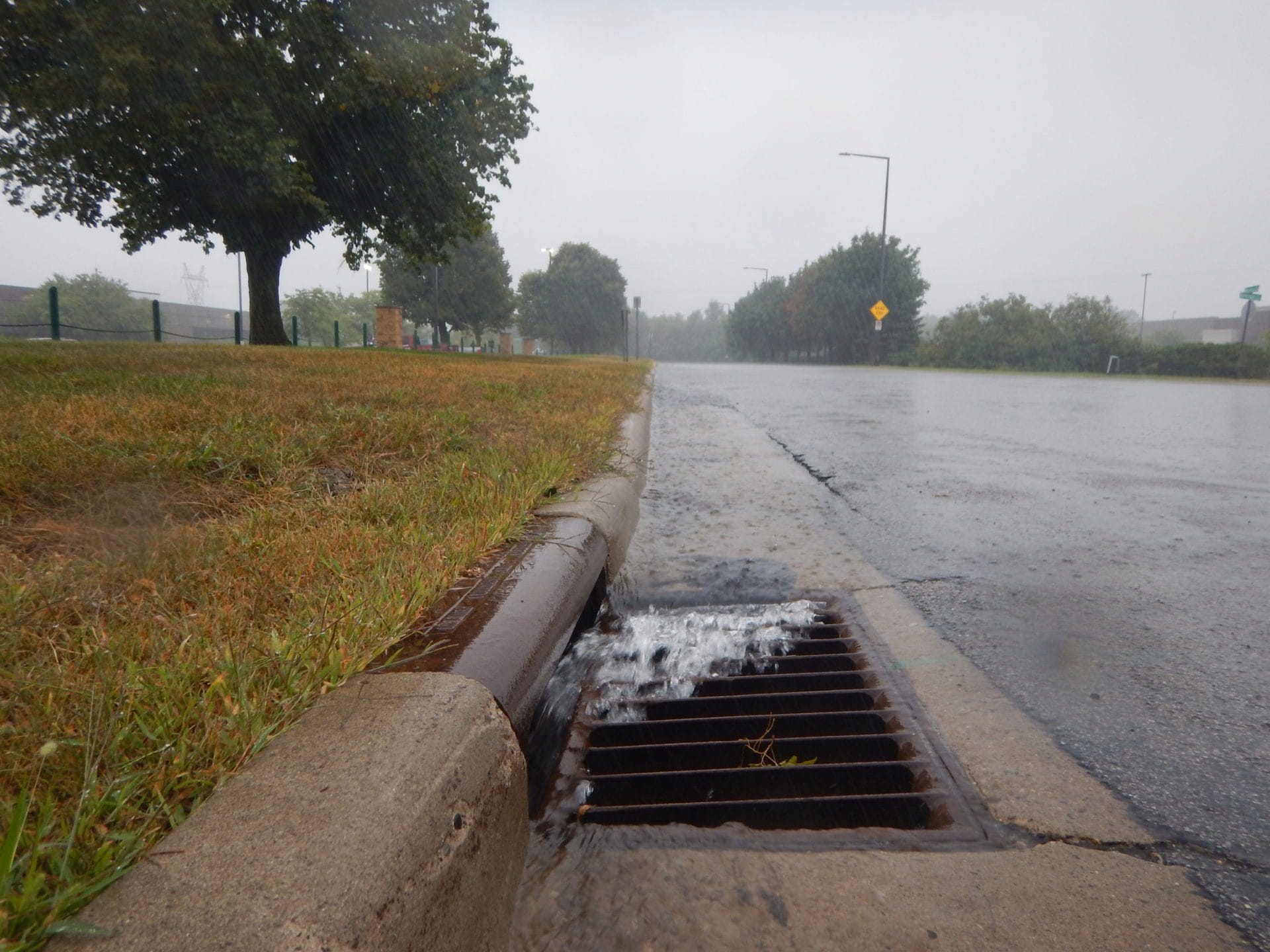
Stormwater 101
What is stormwater runoff?
Whenever it rains or snow melts, water flows over hard surfaces, such as rooftops, sidewalks and parking lots, and into a storm sewer system. Storm sewers consist of a series of pipes that move water quickly from city streets to lakes and the river. The water is simply transported and does not receive any treatment. In fact, these systems are so efficient that they can move a large amount of water quickly, overwhelming nearby creeks, lakes and rivers. This causes erosion and degrade habitat for fish and other aquatic life.
As water moves across the landscape, it carries sediment, debris, and pollutants that can negatively affect the health of our water resources. Excessive stormwater runoff can also cause shoreline erosion of water resources, resulting in increased sediment that accumulates in lakes and rivers and negatively impacts water clarity. CRWD works to capture and clean stormwater runoff by partnering with developers, businesses, schools, cities, and residents to build projects that allow water to soak into the soil and undergo natural filtration before flowing into our lakes and the Mississippi River.



